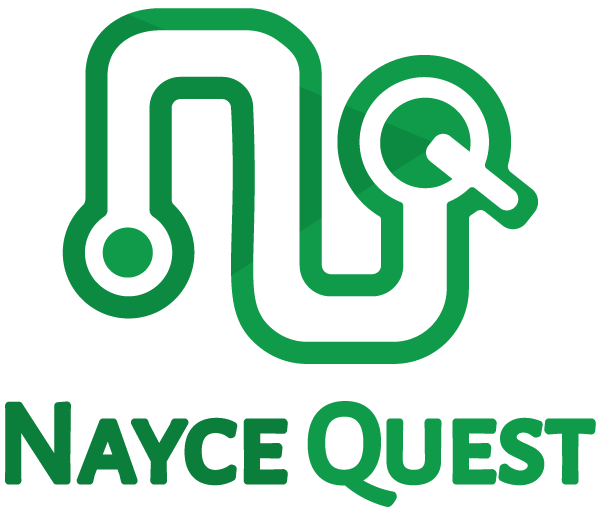Identifying the Problem to Correctly Problem Solve
Earlier this summer, I began my journey as a Bush Institute Stand-To Veteran Leadership Program scholar. The 5-month program design is to bring together prominent advocates committed to improving outcomes in the military-connected community. President George W. Bush established the program to go beyond creating a "think-tank" by making an action tank network designed to holistically reinforce the systemic structure supporting Post-9/11 service members, veterans, and their families. To be considered a leader in the military-connected space is a great honor, and I am dedicated to living out the program's mission.
The program wrapped up the second module earlier this month. As I reflect on the impactful conversations with colleagues, professors, professionals, and inspiring speakers, I keep coming back to this theme of how leaders often miss the mark of identifying the problem that that needs to be solved. Buzz words in position descriptions indicate that organizations are seeking employees who are innovative problem solvers. But what if we're identifying problems incorrectly and creating solutions to the wrong problem? Sure, we want innovation, creativity, and thinking outside of the box. Still, these approaches have to pair with critically defining the context and issue at hand if we want to be effective problem-solvers.
One of our inspirational speakers referenced the African proverb to emphasize how easily we can misidentify a problem. "A child that is not embraced by the village will burn it down to feel its warmth." I can't tell you the number of times my parents shared this proverb with me when discussing their work as K-12 teachers. My father often recounts a story from his time as a 6th-grade teacher when a group of students vandalized several rooms in the school, but my father's classroom was untouched. When the administrators asked the students why they did not vandalize my father's classroom, their response was, "Because he is the only teacher who listens to us and treats us with respect when we mess up." In an era of instant response—meaning want to see results now—we have become accustomed to seeing the effects of a problem and quickly jumping to a conclusion of how to address it. Instead, we should be taking intentional and mindful steps of collecting information to foster context to identify the problem at hand to resolve the problem correctly. When we are not intentionally identifying the problem, we ultimately create band-aid solutions to create solutions misaligned with the problem. And when problems involve complex human interaction, when the band-aid solution doesn't work, we're quick to blame the other party for not being cooperative or deem the issue as hopeless to finding a solution.
I see this issue of misaligned problem-solving in the diversity, equity, and inclusion (DEI) space. DEI is an emotionally charged topic, so to be instantly gratified in seeing the effects of implemented solutions. Three's a Crowd, an advocacy group to "stomp out systemic racism and create equity in advertising, marketing, entertainment, production industries," launched a pledge for companies to increase leadership roles to people of color. Following the brutal murder of George Floyd, 71 different agencies signed the pledge, and a year later, only 22 agencies remained. Agencies emotionally signed onto the pledge, but once they realized the complexities involved in making DEI cultures required intentional and long-term work before seeing results, they dropped the pledge. These organizations opted to either pursue band-aid fixes (e.g., performative allyship) or gave up on DEI initiatives altogether to take on priorities where instant gratification had a more significant impact on the bottom line.
Culturally we misalign our problem-solving expectations as quick and easy fixes, and we misalign connecting concrete problems to the best-fitting concrete solution. To do this, we need to be transparent about the type of work involved as being long-term—no more one-and-done check in the boxes. We also need to be realistic that we will not be able to shift cultures to be more DEI overnight. DEI work requires managing expectations of leadership and the community at large. At NayceQuest, I believe it is essential to identify themes of problems and narrow them down to specific problems to connect to contextual solutions and implement measurements of progress to assess impact and accountability. If your organization is ready to commit to a DEI journey that aligns problem-solving with correct problem identifying, then reach out and let's quest together.

